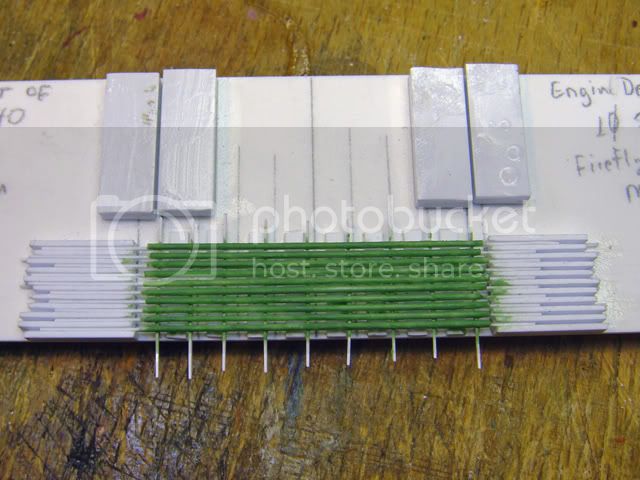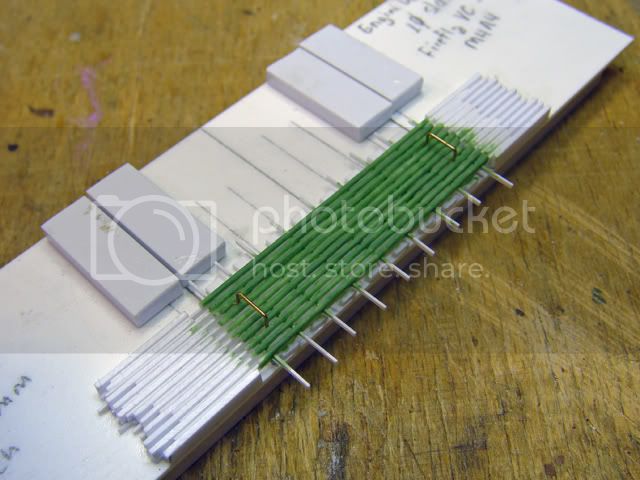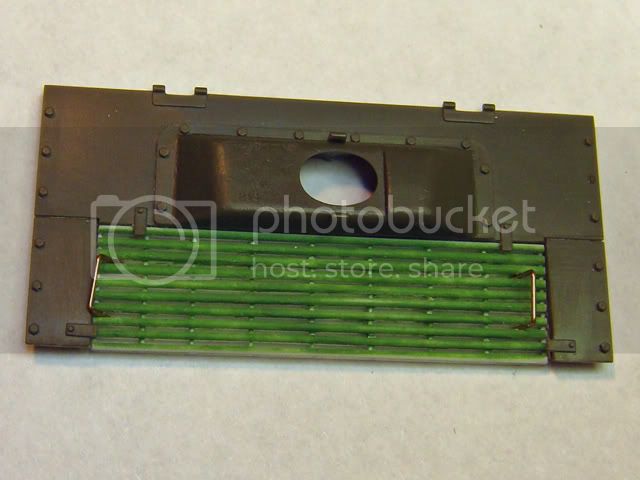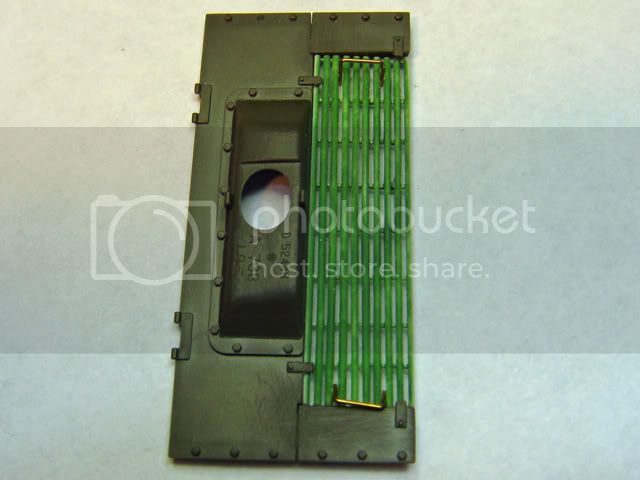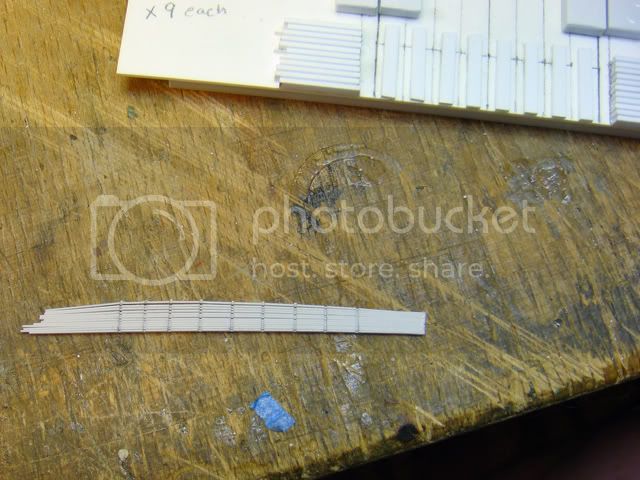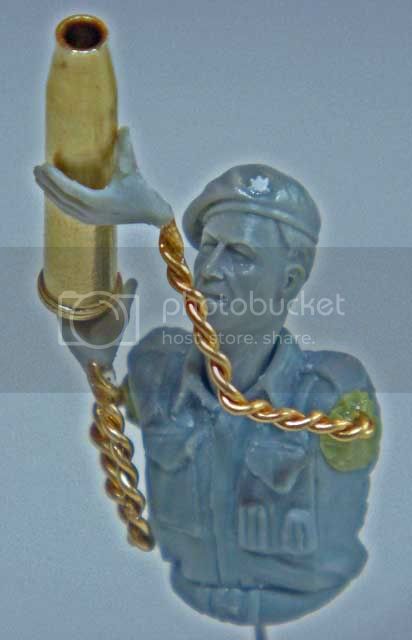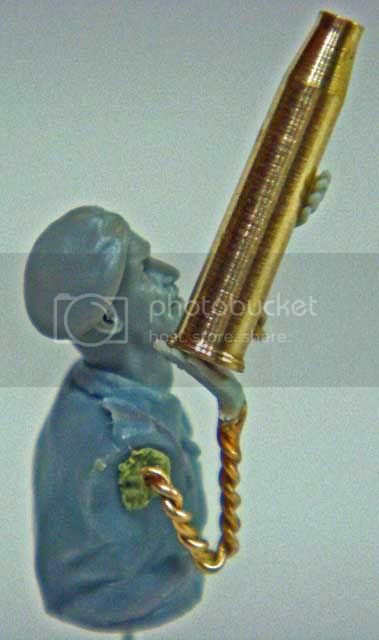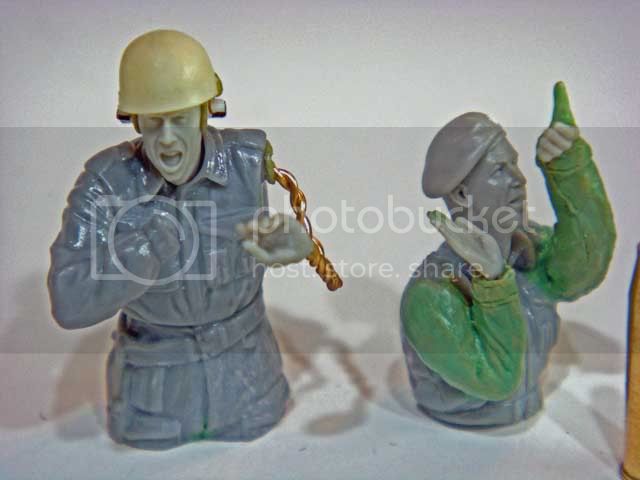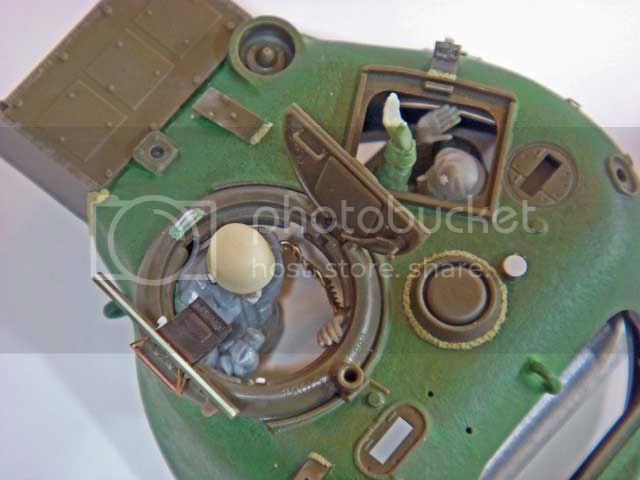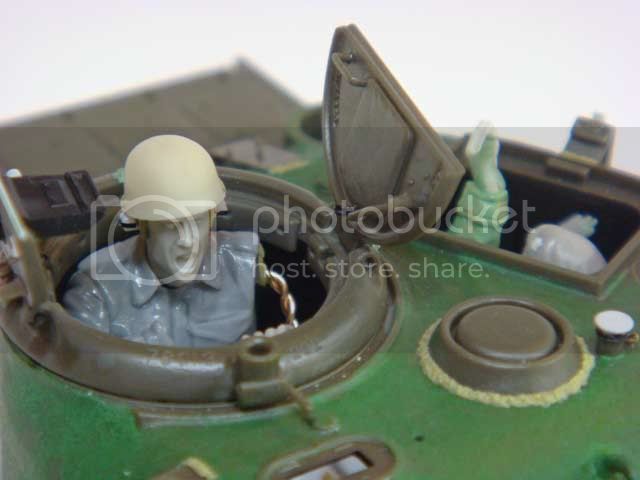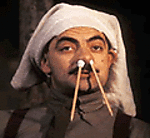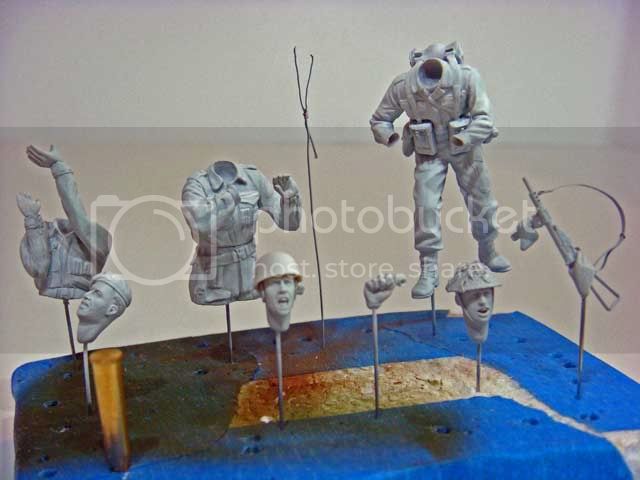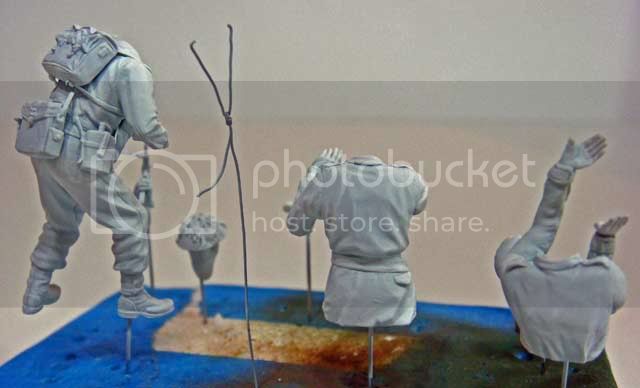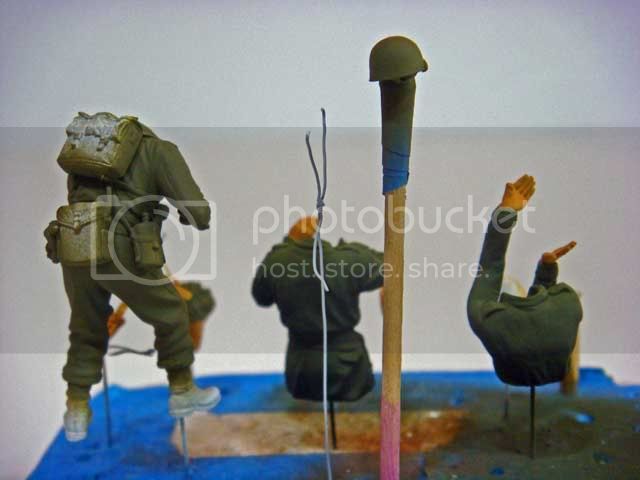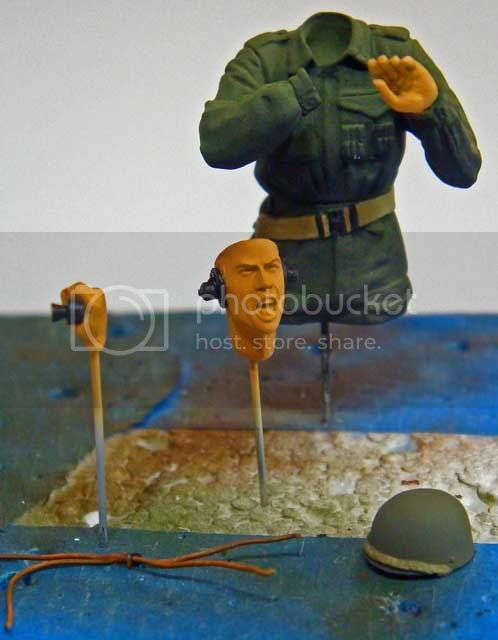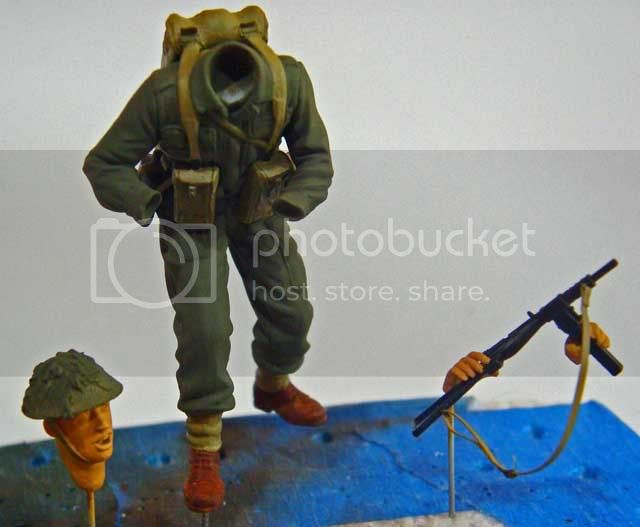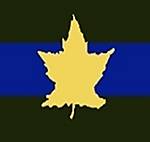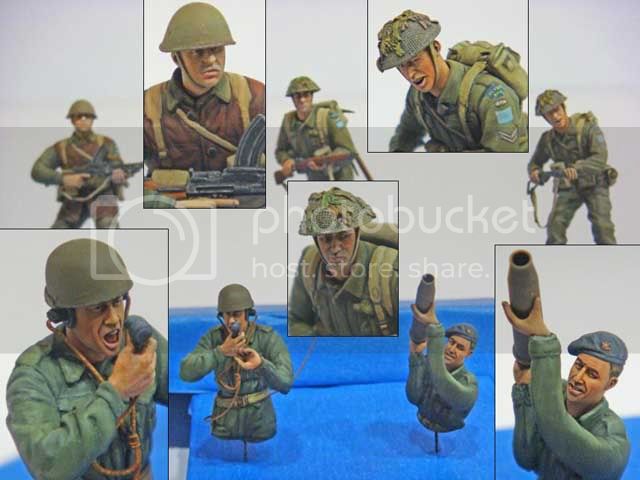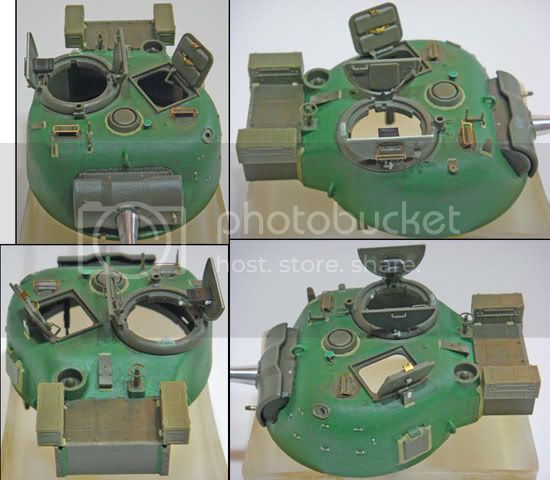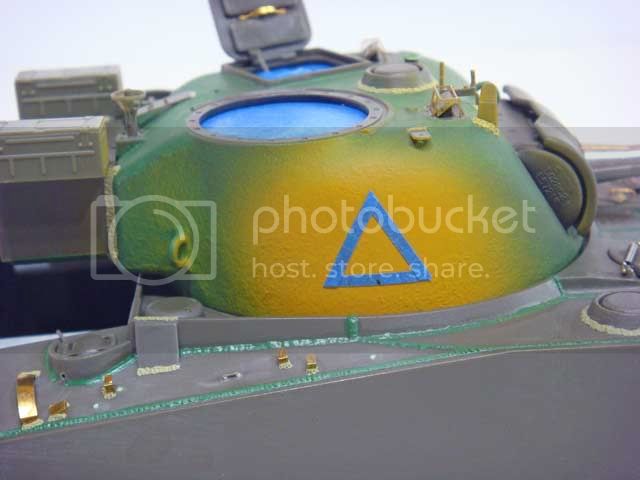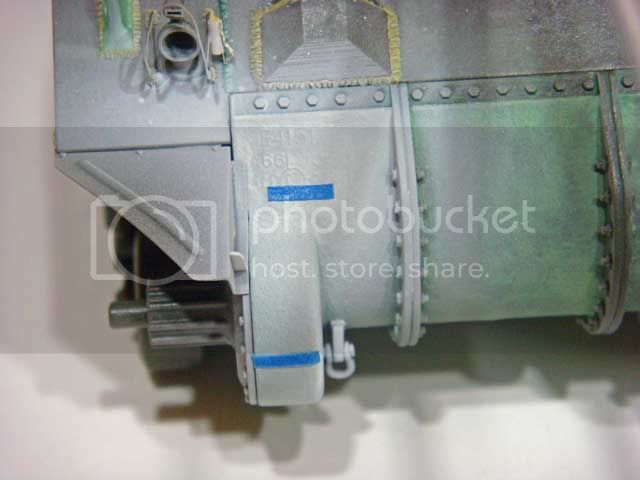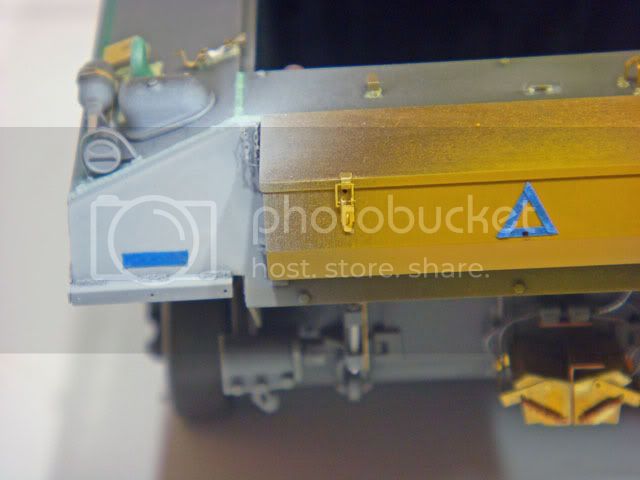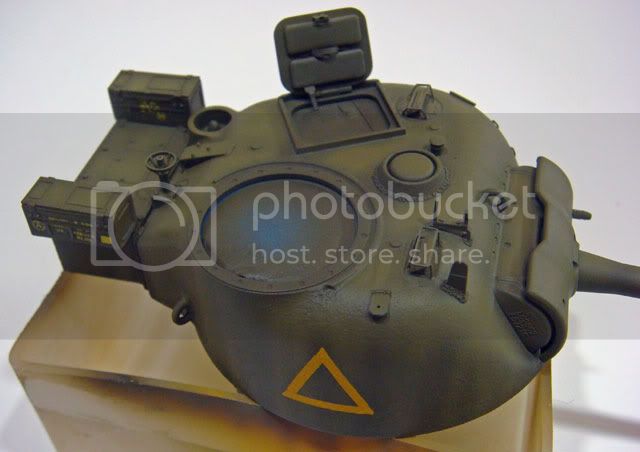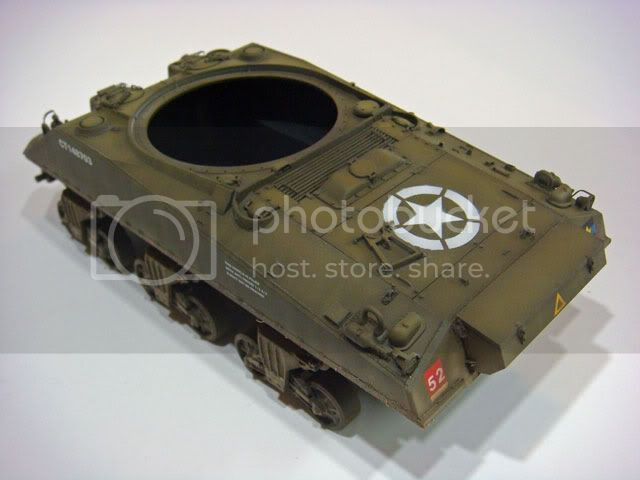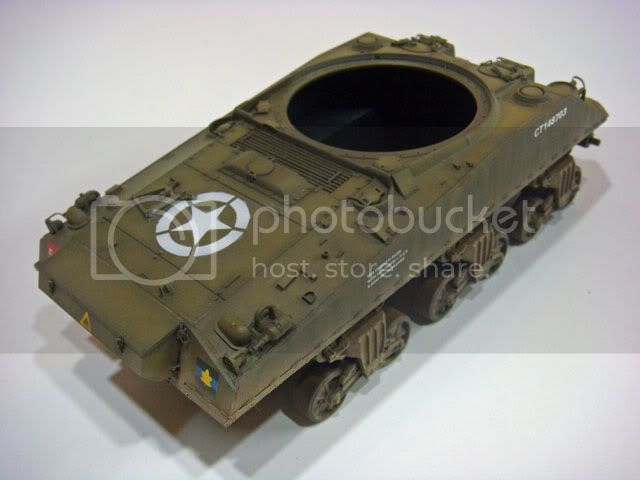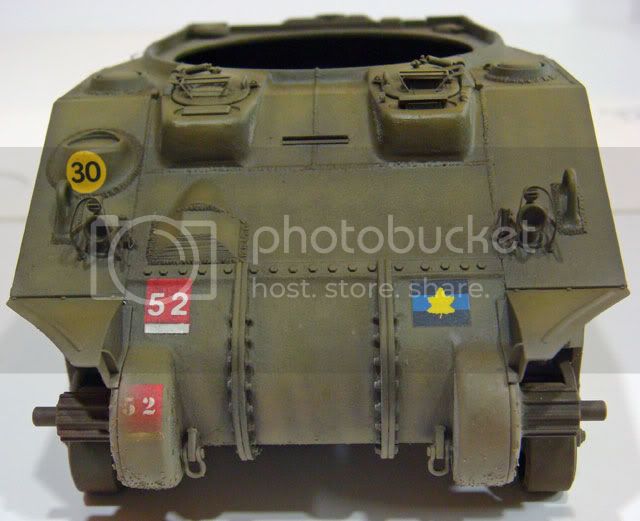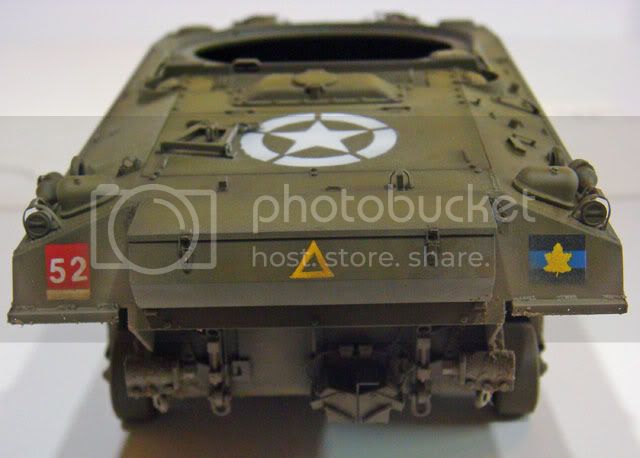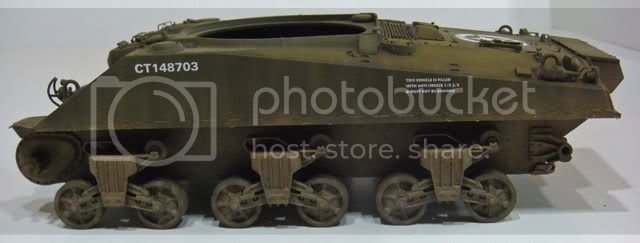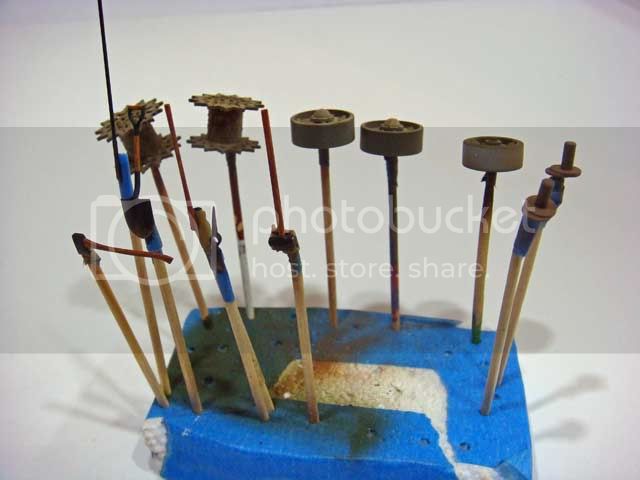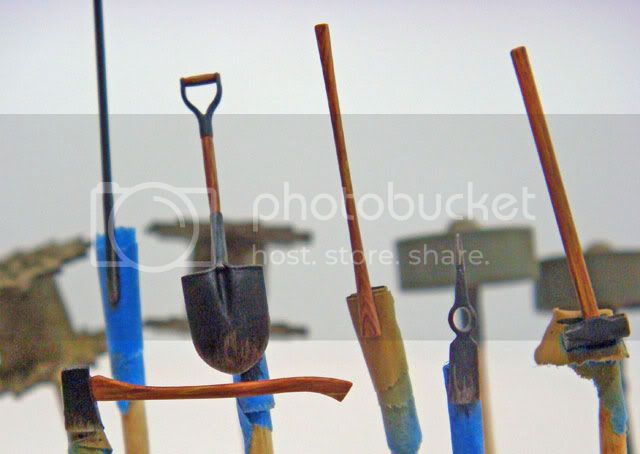My next step after getting the tools, brackets, and footman loops was the front fenders and the sand shield mounting brackets.
I thinned the front fenders down from the inside / bottom. The kit parts were typically very nice. After thinning, I only added the small vertical reinforcements just up and in from the inside front corners of each.
The sand shield brackets on the sides and rear corners are the Tasca kit PE parts. I used epoxy glue to mount these and give me a bit of working time. I strated at the front hull corners and worked my way back down each side. This is because the rear corner brackets should make a tight angle with the side brackets. By starting at the front, I was able to adjust the final pieces at the rear corners to fit the last side piece with no extra or gaps.
Here's a pic of the rear corner joint to show what I'm trying to describe.

In this pic, you can also see the small welds along the sides and rear sand shield brackets. These are done with epoxy putty (Miliput Yellow-Gray). As with all the epoxy putty weld beads, I rolled out fine strings of putty, cut small lengths, applied these to the model, and textured with a damp (dampened with water) toothpic (cocktail stick) which was trimmed to an angled chisle end.
Next up was some spare track armor for the hull front. I used DML link-to-link from a doner kit that supplied the lower hull to a kit-bashed US M4A1 (early) in Operation Torch markings.

The track is held on with masking tape strips in the photo. I'll remove it for painting and "weld" it on later using epoxy putty on the top two end connectors. These end connectors have the track pin detailed drilled out on the very ends. I also added longer track pins to the final, botton links on each run.
The DML tracks are not precisely the same as the Panda / RHPS track that I will use, but it's very close. I also detailed a DML road wheel for some extra storage. I added the inner rim rivets and the grease nipples. DML provides the small "divots" where the grease nipples should be, but no nipples.
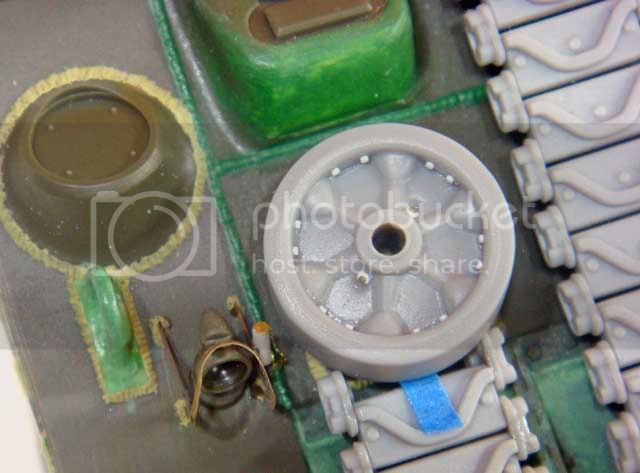
Here's a shot showing one of the bogy assemblies. I added the rim rivets to the outside and inside of each road wheel. I added grease nipples to the insides of each wheel. There are four holes drilled in each forward face and a corresponding four bolts added to each rear (under the return rollers). Finally, I added the missing bolts on the return skids after thinning them. Voyager provides PE skids, but the kit parts will thin easily and there's no issue with trying to match the bends in six identical parts.

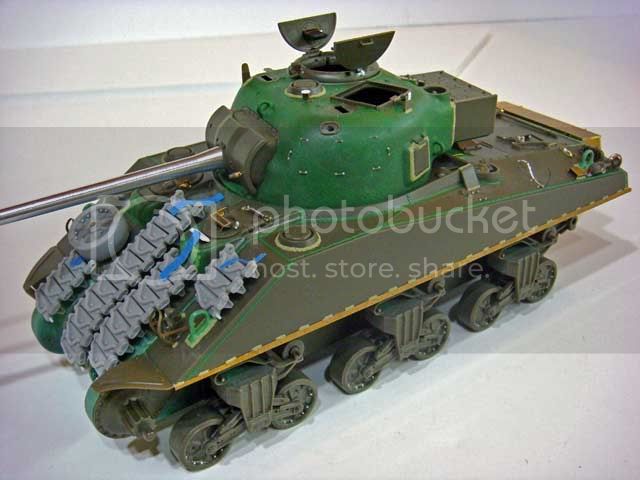
Next up is are the figures for the turret, then finishing detail on the turret. Also, some crew storage for the rear hull.
Mike






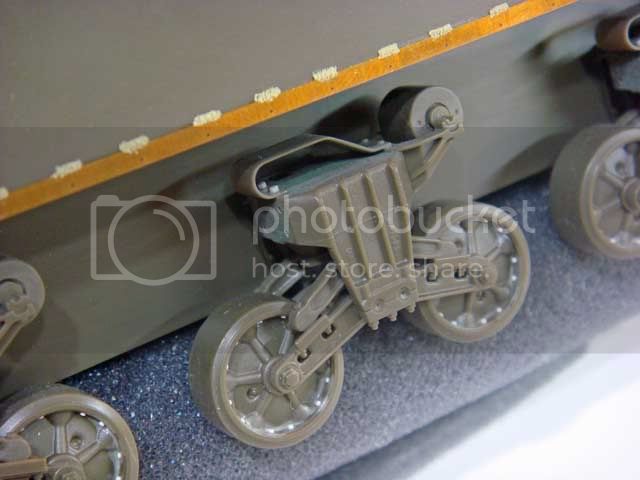
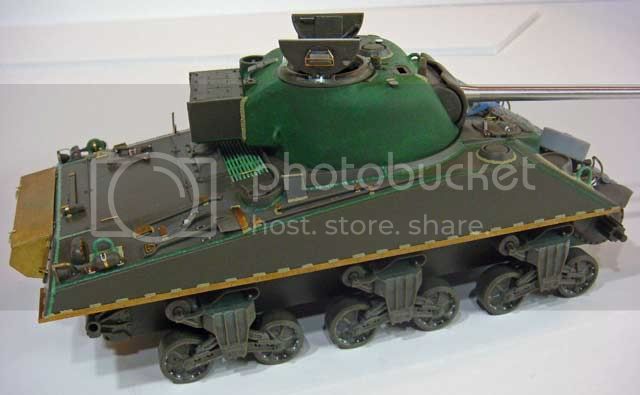
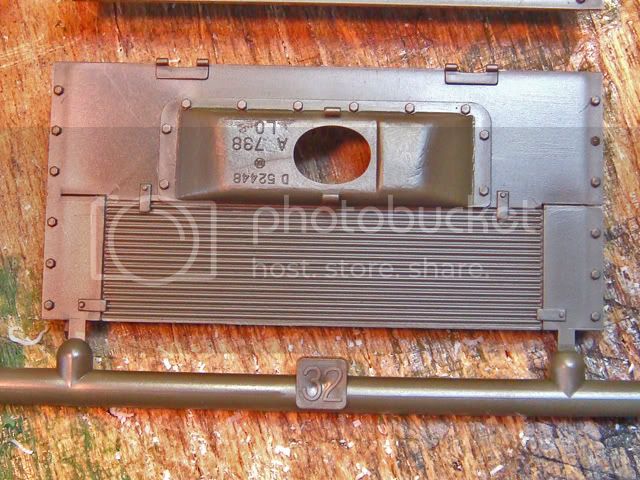
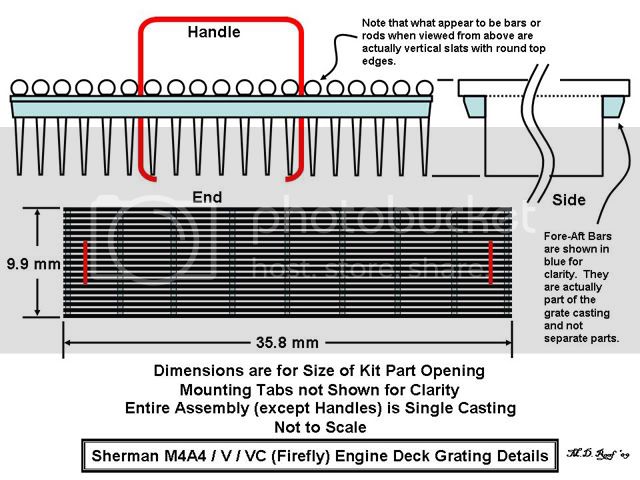
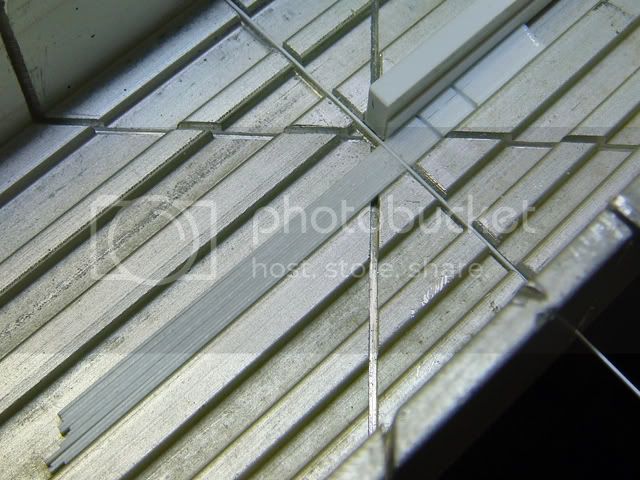
, then cut it out of the jig. This would make the jig a single-use item. -br /--br /-(As I'll point out later, I actually went back and re-did the jig for the final attempt, but these photos are of my original single-use jig.)-br /--br /-Here's a picture of the lateral slats placed into the assembly jig.-br /--br /- [img]http-/i380.photobucket.com/albums/oo243/SGM_ret/SlatsFittedintoJig.jpg)

